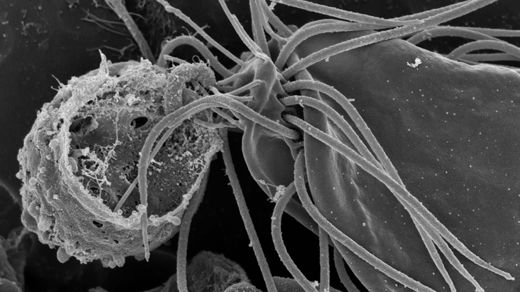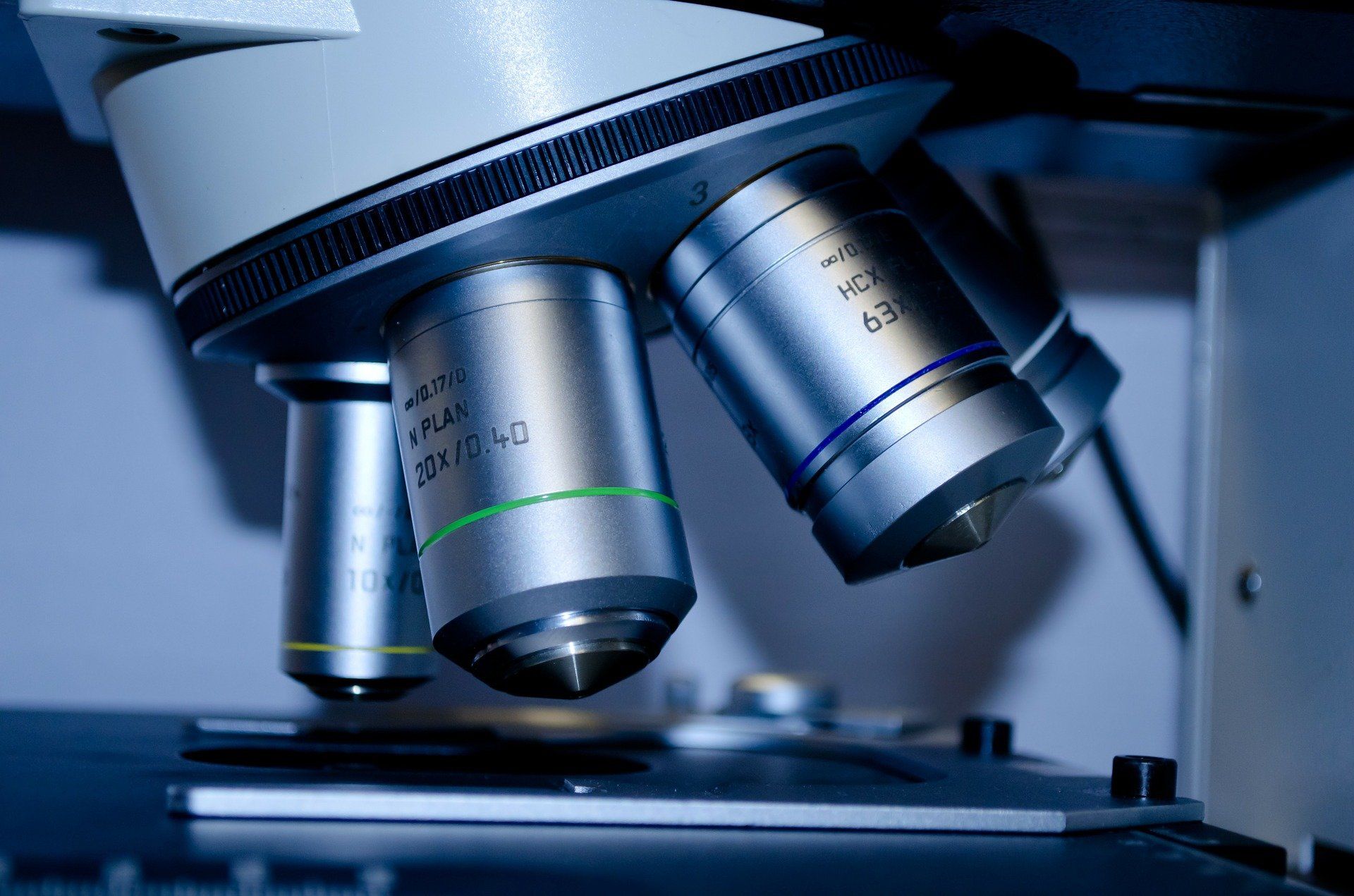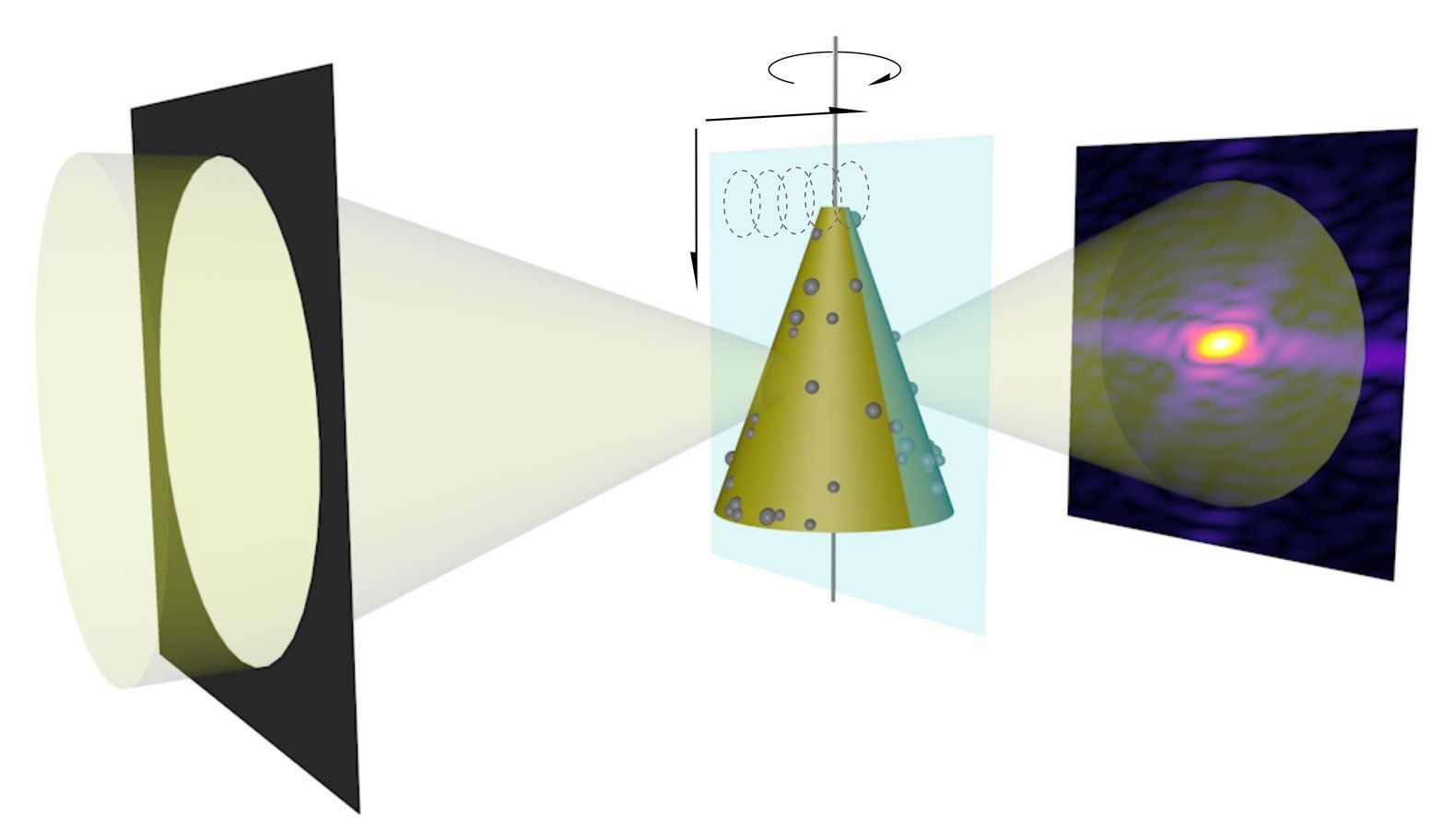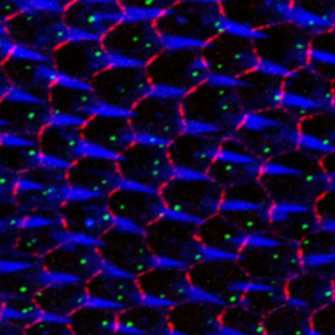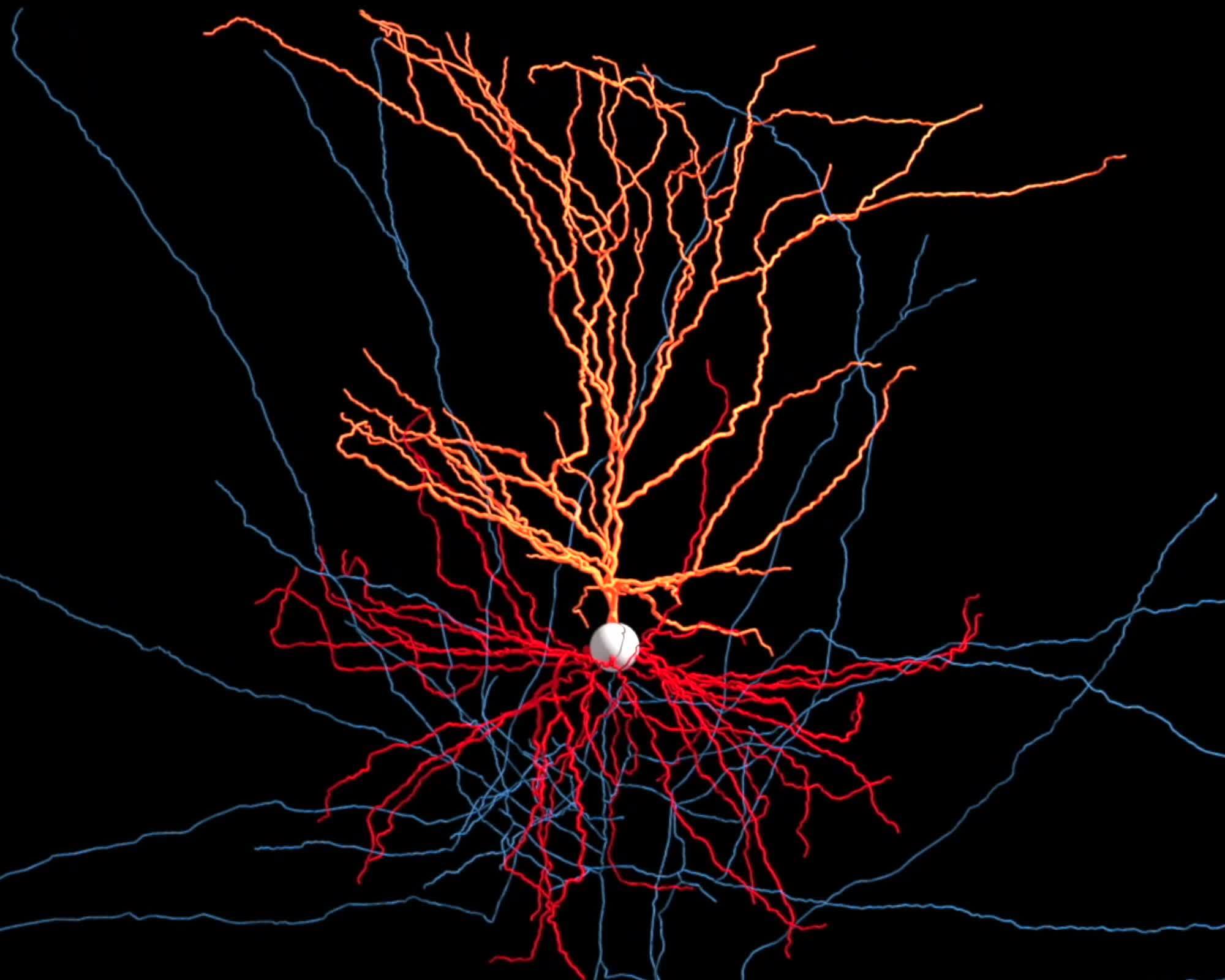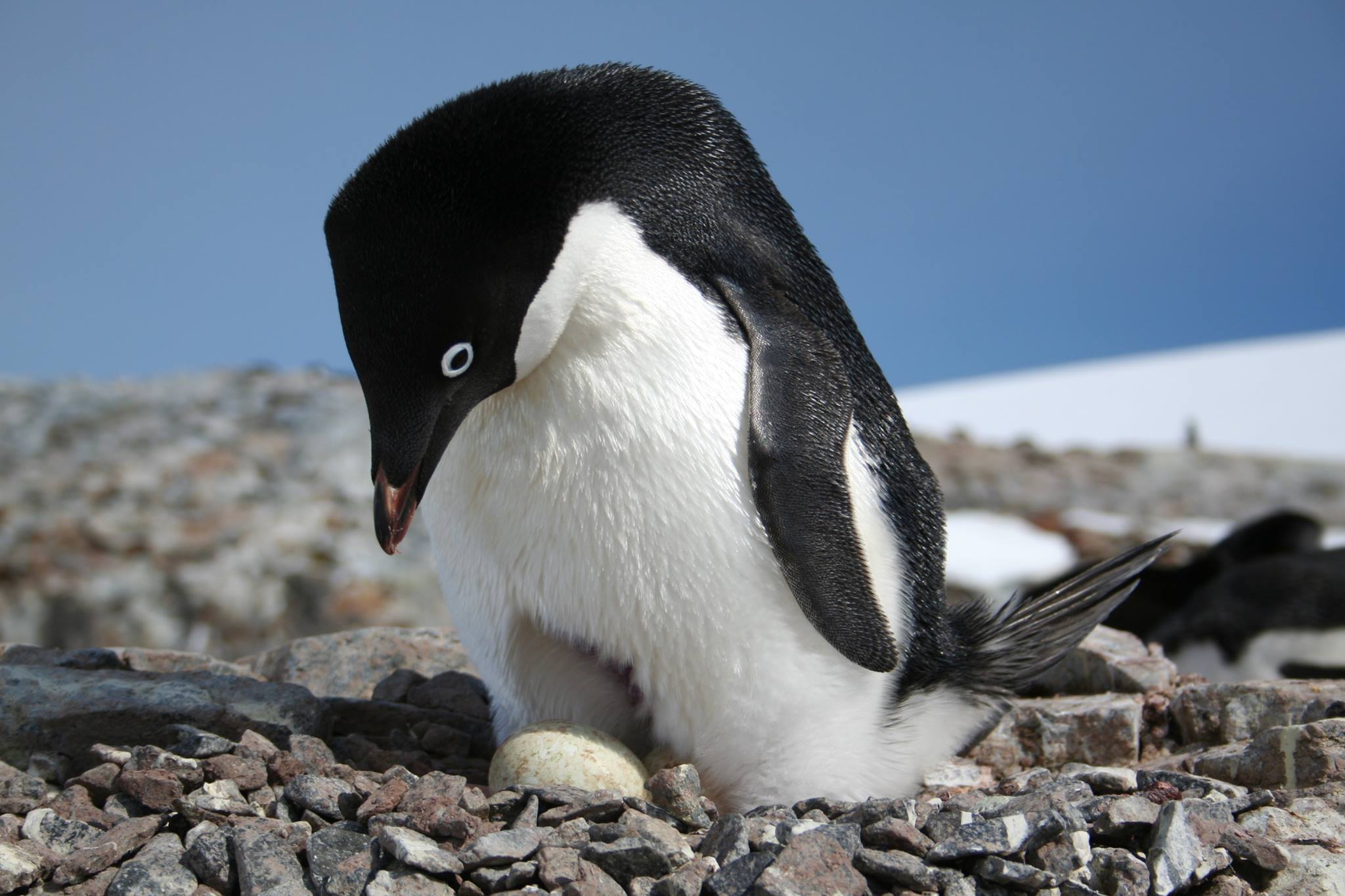Dec 12, 2018
Happy to announce Dr. Manuel Serrano from the Institute for Research in Biomedicine (IRB) in Barcelona as a speaker for the 2019 Undoing Aging Conference
Posted by Michael Greve in categories: biotech/medical, life extension
“Manuel has been a world-leading researcher in cell senescence for decades, and participated in various of our conferences starting many years ago. His latest breakthrough, which he will discuss in Berlin, is one of those head-slappingly brilliant concepts that I encounter at most once per year, combining a couple of long-established ideas in a completely novel way that potentially delivers far more than the sum of the parts. I won’t spoil the surprise here!” says Aubrey de Grey.
https://www.undoing-aging.org/news/dr-manuel-serrano-to-spea…aging-2019
#undoingaging #sens #foreverhealthy

